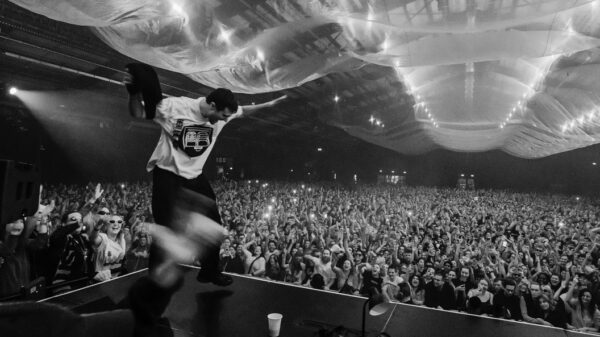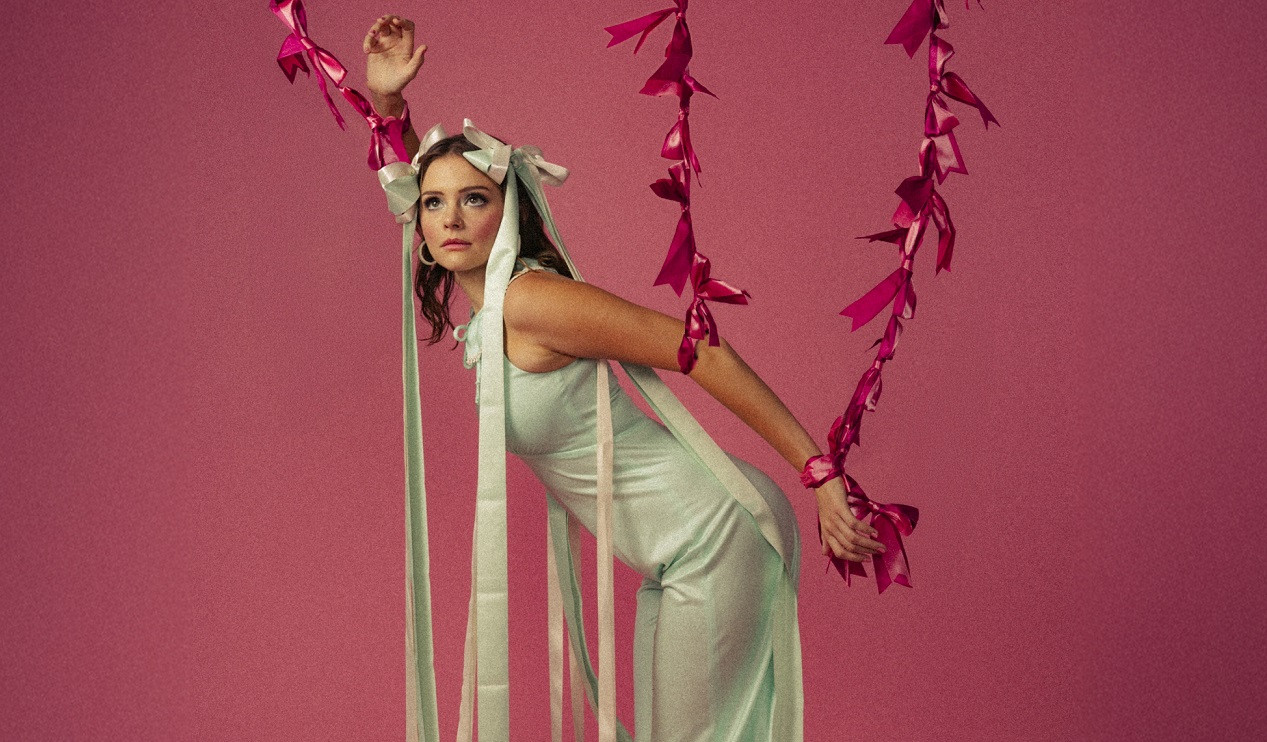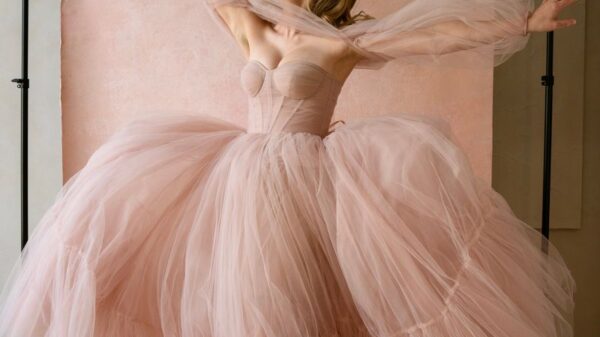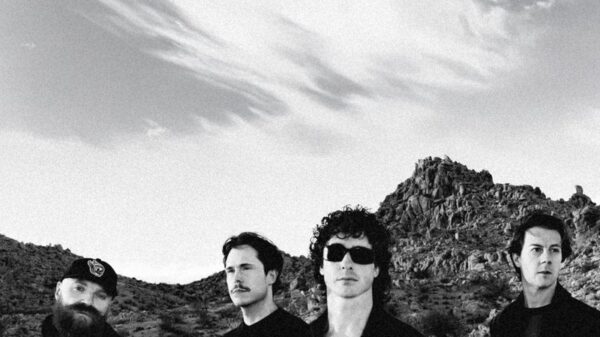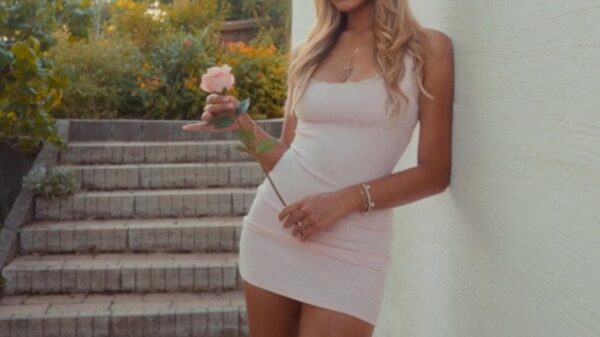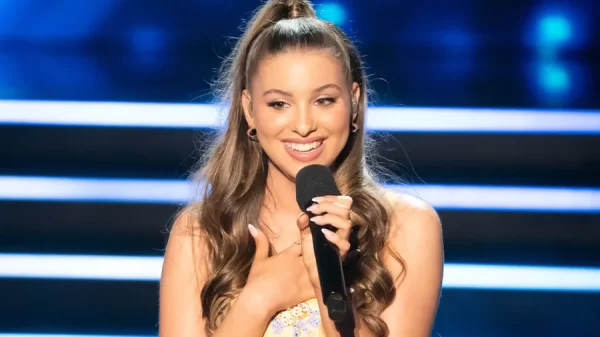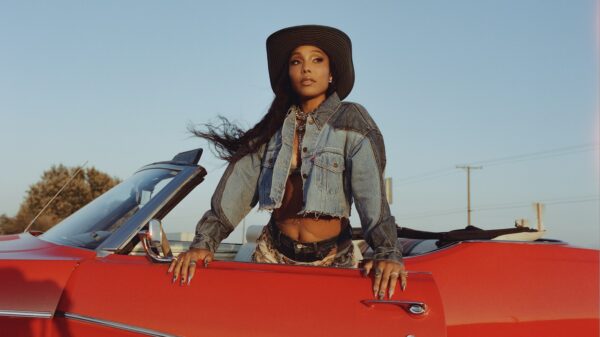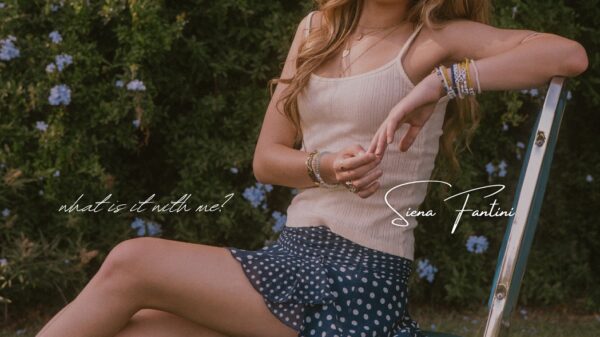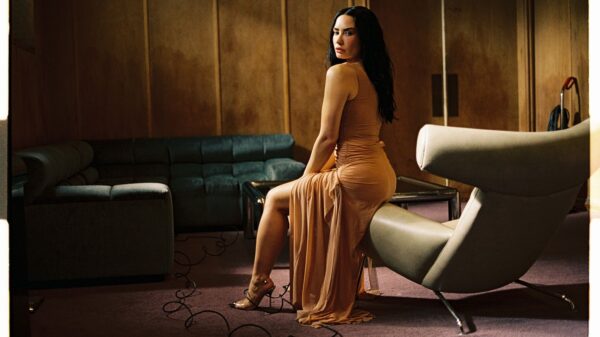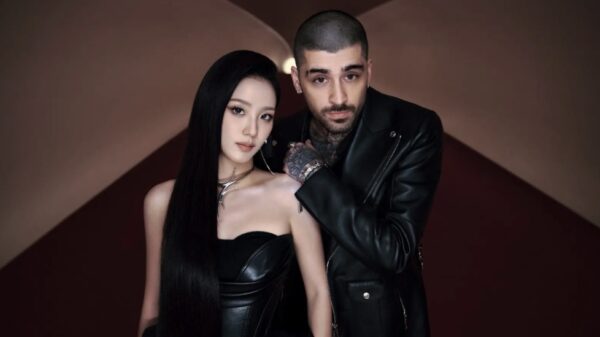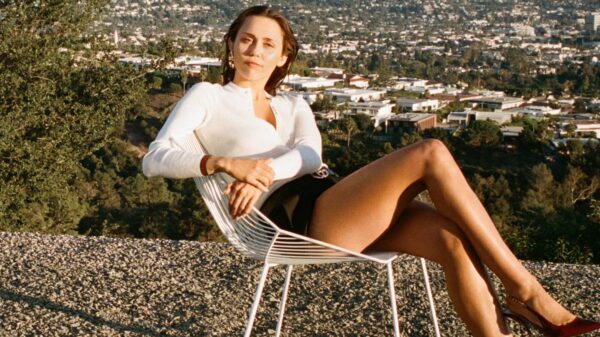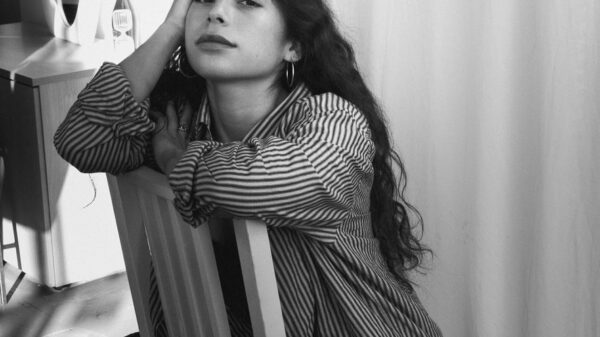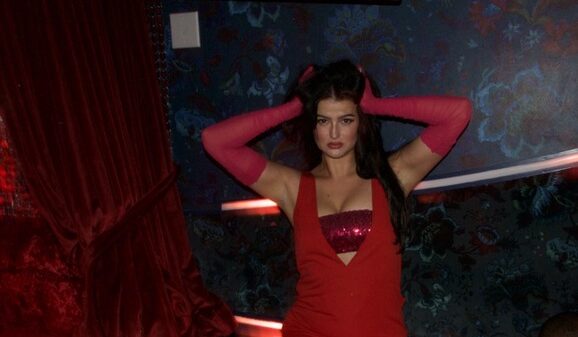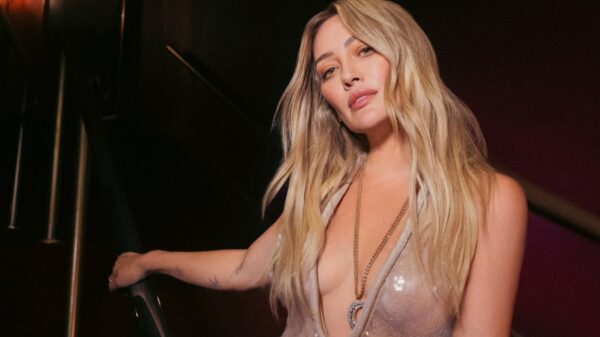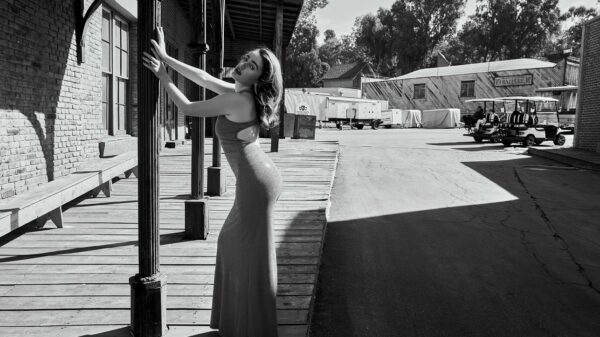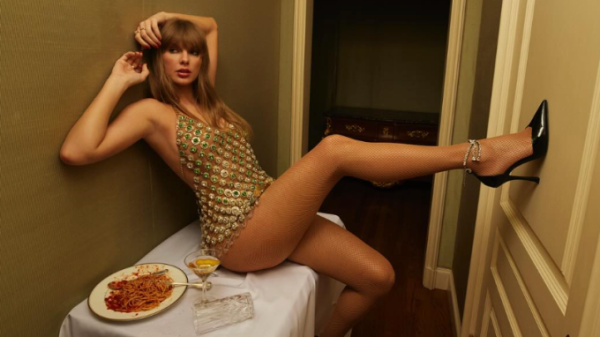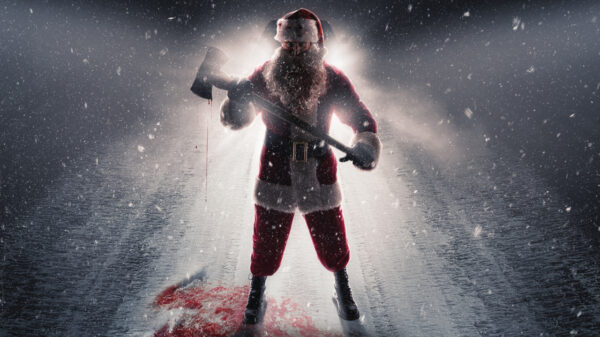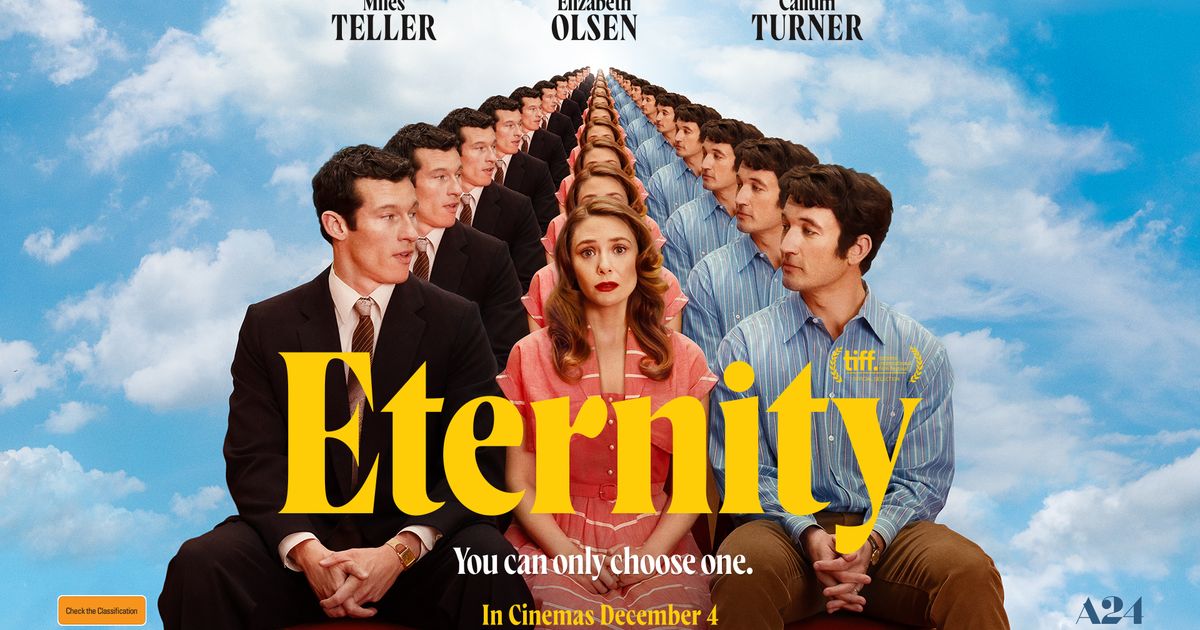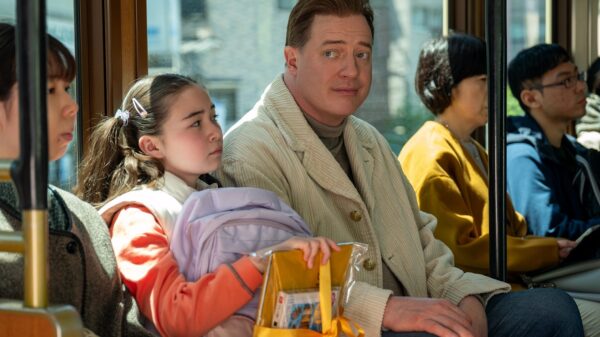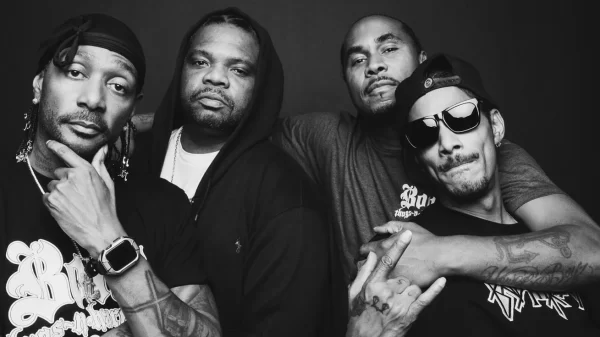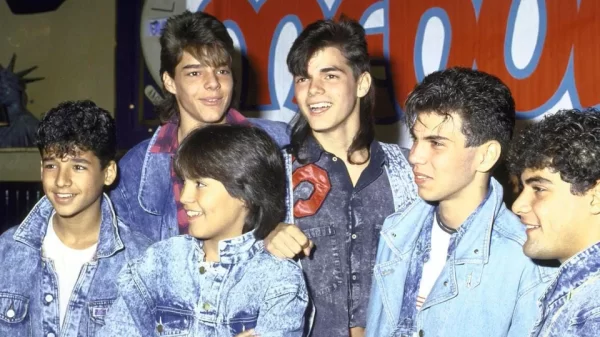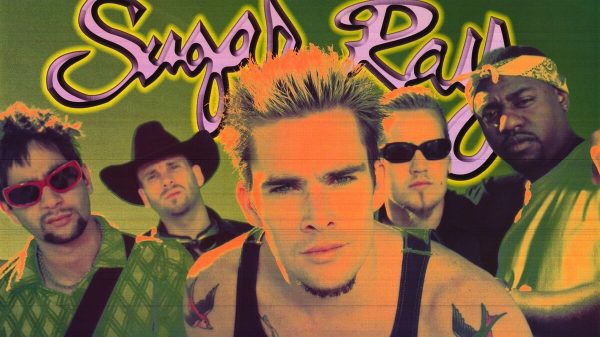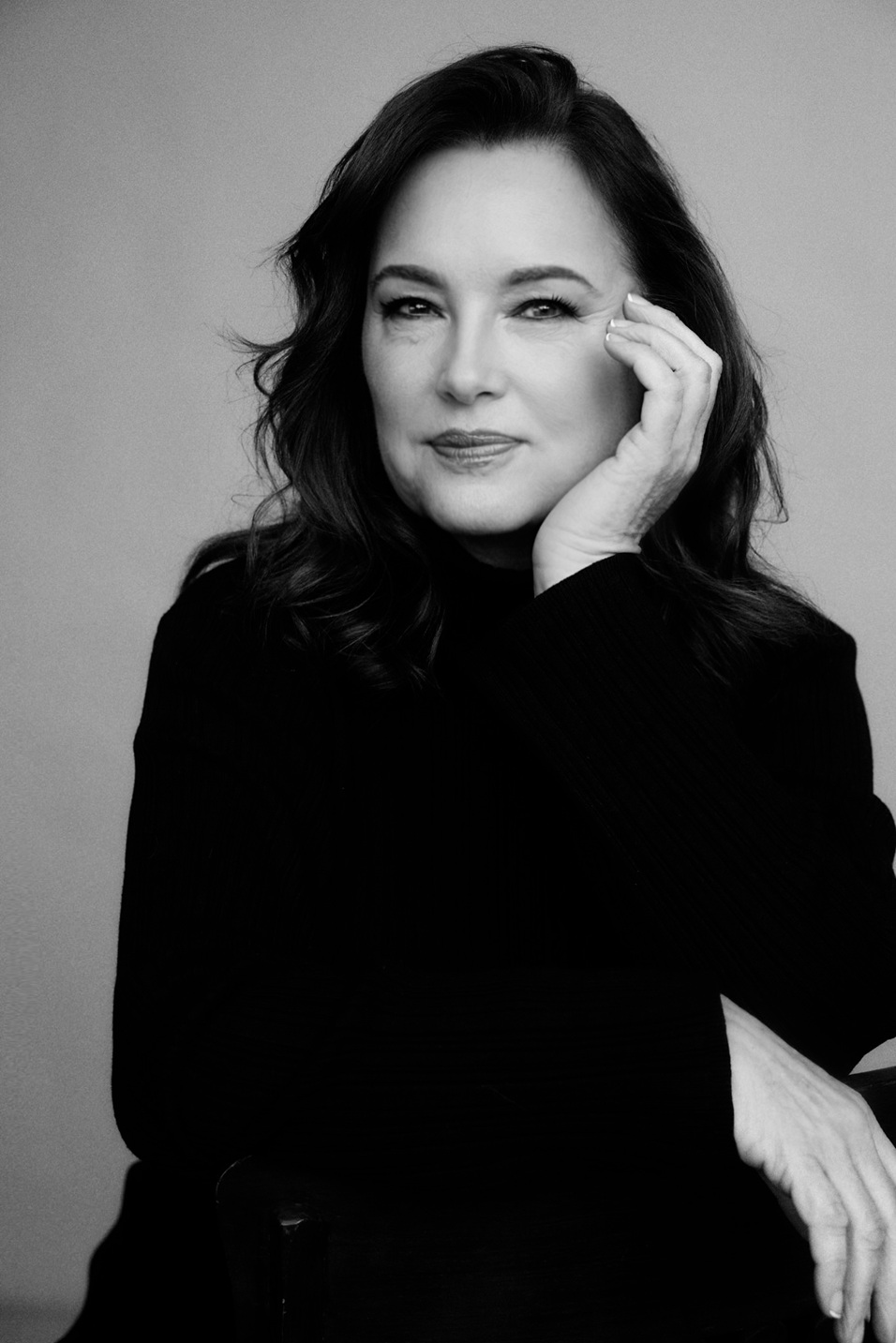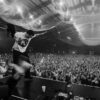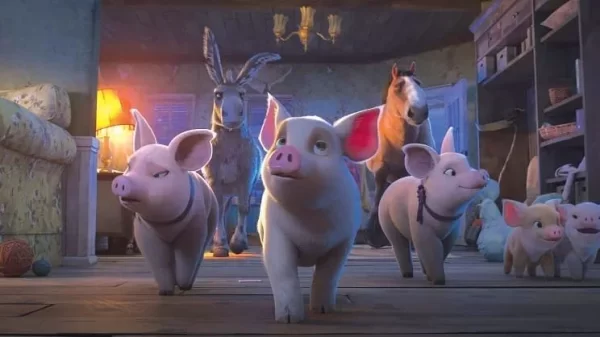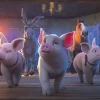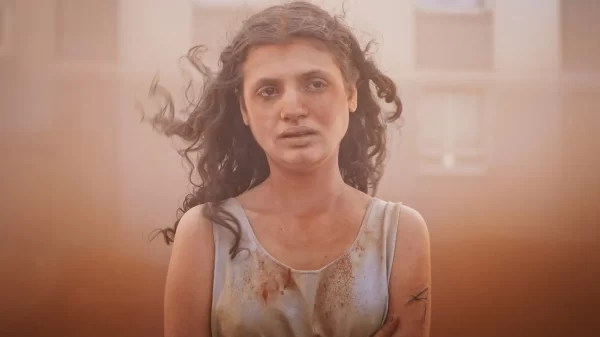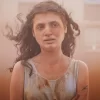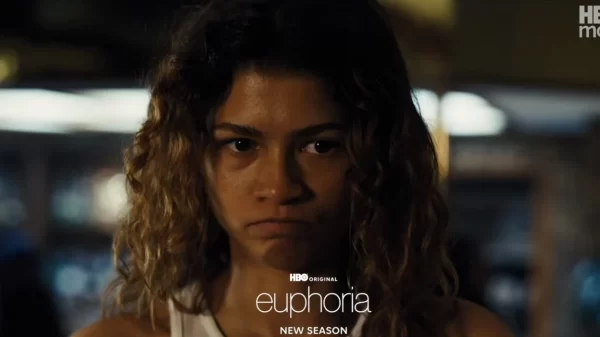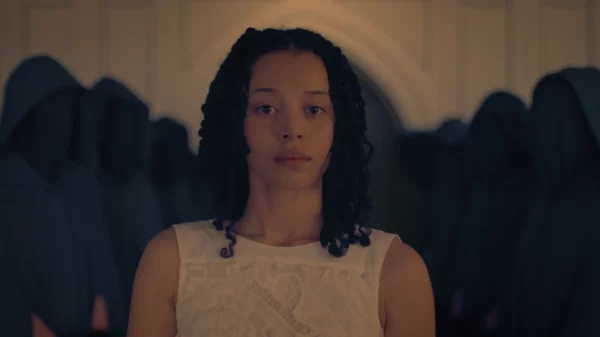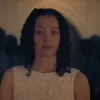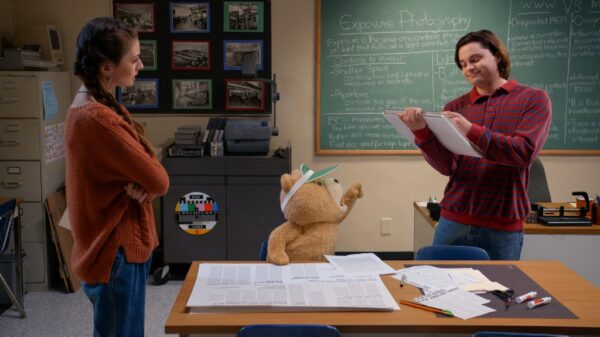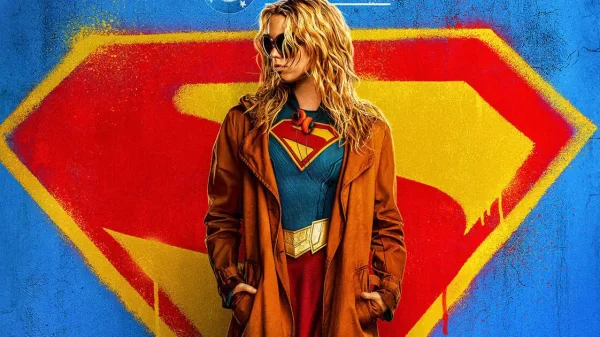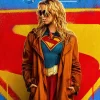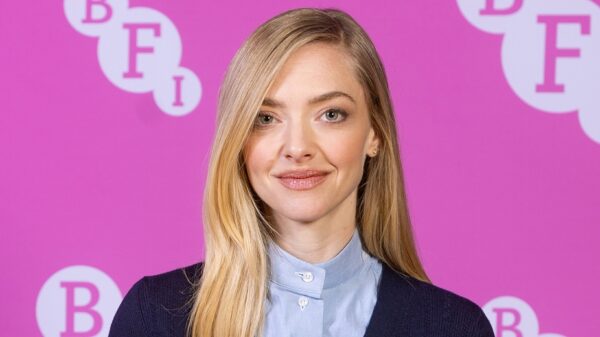Karin Frost is an accomplished behind-the-scenes creative with a career spanning film, television, and luxury design. Early in her career, Karin honed her storytelling expertise working closely with Hollywood power players at major studios such as Paramount, Sony Pictures Entertainment, and more. She played a key role in supporting and developing notable projects like Trading Places and Small Sacrifices, learning the art of crafting compelling narratives from the industry’s top talent.
After stepping away from entertainment for 20+ years to raise her daughter and launch a successful luxury interior design business, Karin used her artistic vision to create transformative spaces for high-profile clients. Now, at 63-years-old she is making a triumphant return to Hollywood with a bold mission: to develop and produce stories that inspire and connect across generations, shaped by her diverse creative experiences and personal journey.
You’ve had a rich career in both film and design. How have these creative experiences
shaped your approach to storytelling in the entertainment industry?
Everyone has a story to tell, whether it’s a book, personal memory, a newspaper article or something right out of history books or someone’s home and living space. Spaces tell the story of their owner’s life and even sometimes the state of their current life. It’s just the medium that changes….in the entertainment industry it becomes a movie or episodic or even most popular these days, the reality show! In design, it is someone’s private space, told in their choices of color, texture, style etc. Anything that helps you communicate the story can be used and I find that anything of an artistic endeavor like interior design, photography, sketches, even AutoCAD,
can tell a story. My experiences have taught me to look for the story in the client’s I am in contact with, in the books and current events I study etc. It’s been like ‘training’.
You just have to be willing to dig wherever you are to find the most compelling version of that story.
Design and storytelling are both powerful ways to evoke emotion. How do you plan to merge your design background with your work as a producer or creative collaborator?
I think that design will become more of a hobby once I am back working as a creative collaborator or producer…its more of a way to get the creative juices flowing that will enhance my producing time. It’s like some people like to cook to relax after work to clear their head, or they may like to exercise or read, for me it’s designing a space that gets the juices flowing. And truthfully, I also always notice sets and locations when I’m watching a movie. I pay attention to the characters personal space, their environment and that can help shape the story, and flesh out who the character is in visual terms.
The entertainment industry is highly competitive, especially for those stepping into
new roles. If you don’t land a producer role immediately, how do you plan to stay relevant and carve out your place in the industry?
I hope to be in development if it takes a while to produce. I am also nursing several ‘pet stories and projects to fruition that keeps me on my toes.
You’ve re-entered the entertainment industry at a pivotal moment of change. What
strategies are you using to build relationships and stand out as a creative leader?
I certainly can’t go back into the industry the same way I did in the late 1980’s and early 1990’s. This journey will require savvy and elegance and a strategy. But the old adage of ‘it’s who you know’ still holds true. The entertainment industry is about collaboration and about people meeting people, wanting to work with other people who have your same values, goals and vision. I plan to let people know I’m back! and who I am now and what I can bring to the table, which includes years of learning how to read people, how to work with people.
Visual storytelling is becoming increasingly dynamic with new platforms like
streaming, immersive media, and virtual production. How do you see your design
expertise helping you innovate within this evolving landscape?
A film is a design, of a story just as interiors are design of a space. Again, it’s the medium and the method that is different. It’s all storytelling, just with new platforms. If anything, it makes the game more exciting because you have more and new types of places to tell your story.
In your view, how important is design in shaping the tone and world of a film or TV series? Do you plan to collaborate with art departments and designers to create immersive worlds?
I think I have alluded to that above, but yes, design whether it set design, locations or CG, all tell the story of who the characters are and the world they live in. I would totally love to collaborate with art departments and designers to bring the best to the screen.
You’ve experienced life both within and outside of the film industry. How have those experiences influenced your storytelling priorities and the kinds of projects you want to produce or work on?
I believe I have a better handle on ‘what’s real’ in the world, what people care about enough to spend 2 hours (or sometimes 3 and 4 hours!) watching. It’s just a matter of going deeper on whatever story you are telling. People are people and people don’t really change. Current events can reshape the world, but it’s the same story re told …I have a love of history, the American West and those stories were just about people, ordinary people trying to survive and make a better life for their children, Stories of past wars and the everyday heroes that came out of those tumultuous times. Stories of love, passion and adventure. I am drawn to stories about ordinary people doing extraordinary things in their time.
The entertainment world often requires creatives to wear multiple hats. Beyond producing, are there other roles—such as production design, creative consulting, or directing—you would be excited to pursue?
I would love to continue in development, in working with writers to develop story as a creative consultant, researching, I would definitely love to be involved in production design as I mentioned above because again the visual helps tell the character’s story.
What kinds of stories do you feel are missing from today’s entertainment landscape,
and how do you plan to champion them?
Stories that I mentioned above…more of the stories like “The Pacific”, the American war drama miniseries produced by HBO, stories, Robert Redford’s “All the President’s Men,” Epic films like Lawrence of Arabia, Romantic classics like Casablanca. We need movies that sweep us away to another life, to another time, to truly escape and see the world through a hero’s eyes. I would love to tell stories that truly take us away and get lost for a time of magic in that darkened movie theater.
Representation matters more than ever in both the characters on screen and the creatives behind the scenes. How do you plan to advocate for inclusion in the projects you take on?
I want to emphasize the collaborative aspect of projects, bring all the brains in the game where possible.
For you, what is the key to crafting a memorable and visually striking story that resonates with audiences?
Being true to the era of the story, with locations, with costumes, with character…character is the key.
What’s next on your career journey? Are there any projects or creative collaborations
on the horizon that you’re particularly excited about?
I am very excited for a drama series I am working on about extraordinary rescue heroes, those that they can save and those that they couldn’t save, and their own personal lives that become entangled in the drama and the danger and the sacrifices they make.

